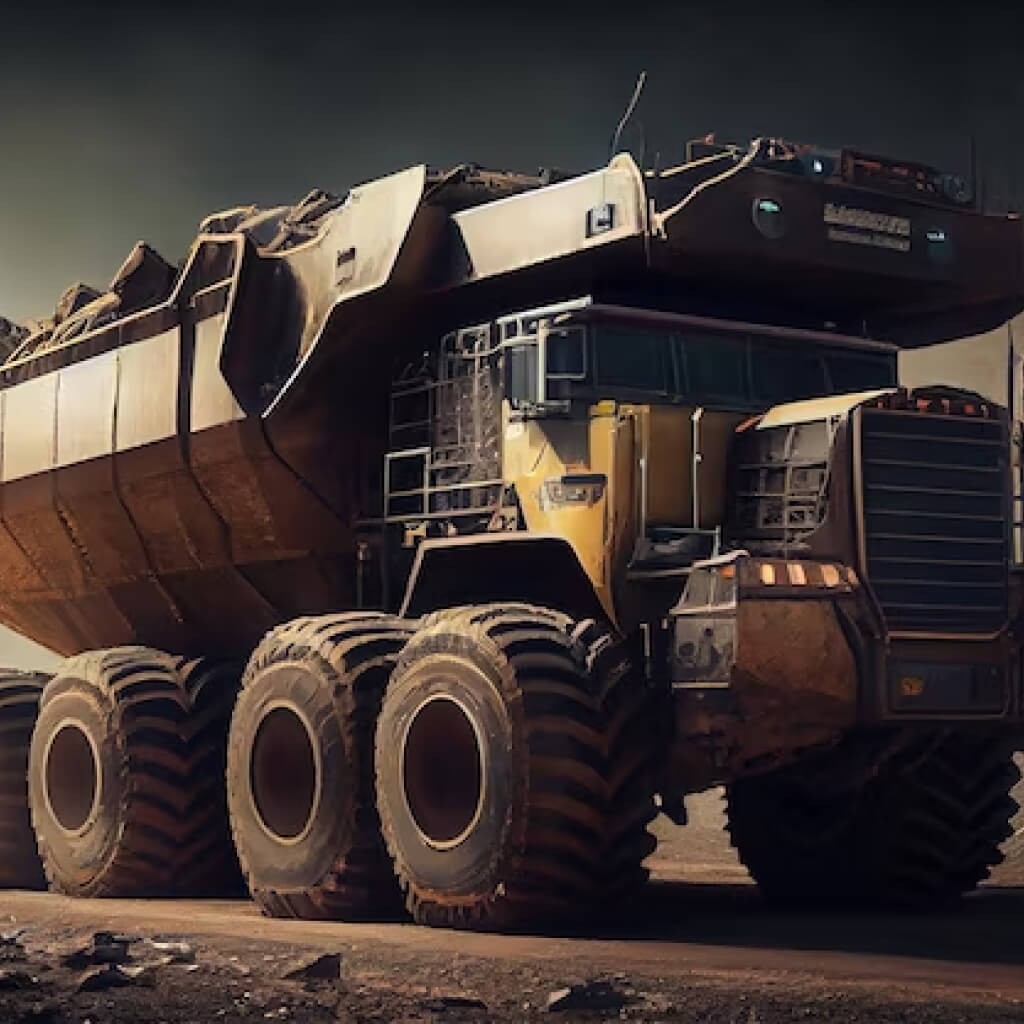
FAQ
A: To sell items, first, you'll need to choose an auction type and contract that suits your needs. Our experienced crew will handle preparations, including sorting and cataloging your assets. During the live auction, our team manages bidder registration, calling, selling, and post-auction processes, ensuring a smooth experience for both sellers and buyers.
A: Our on-site crew oversees the removal of sold equipment immediately after the auction ends. The removal process typically concludes within 30 days. Buyers utilizing powered vehicles for removal must provide proof of insurance, and we provide them with a list of independent riggers to facilitate timely item removal. Our staff also assists in post-removal site cleanup.
A: To participate as a buyer, you can register for the auction on our site. During the live auction, you can bid in real time against other participants, whether on-site or remotely through webcast technology. Before the auction, a public inspection day allows you to examine items, and our team provides information on independent riggers for removal.
A: We offer various auction types, including online auctions via webcast, traditional on-site auctions with webcast integration, and timed auctions. Each type provides unique features, such as real-time bidding, catalog-based listings, and set closing times, catering to different preferences and needs.
A: Payments for purchased items are typically facilitated through secure online payment systems. We prioritize a seamless and secure payment process to ensure the convenience and satisfaction of both buyers and sellers.
A: Individuals using powered vehicles for item removal must provide proof of insurance amounting to $1 million. This requirement is in place to safeguard the interests of all parties involved and ensure a secure removal process.
A: Our meticulous pre-auction preparations, conducted by an experienced set-up crew, include sorting assets, cataloging items, and presenting a logical auction order. This ensures fair market value for sellers by creating an organized and efficient auction environment that attracts a wide range of potential buyers.
